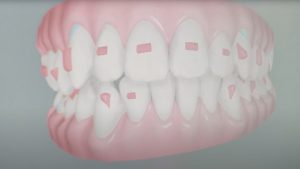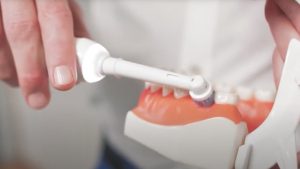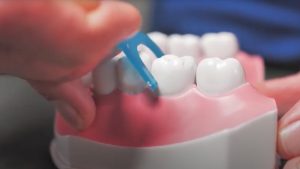Don’t be upset with missing teeth, you can build a bridge.
Introduction to Bridges
Bridges are used to replace missing teeth, come in a number of forms, and can use either one or both of the teeth on either side of the gap to replace the missing tooth or teeth.
Types of Bridges
Conventional Bridges
The first type of bridge is a conventional bridge. This involves placing a crown on the teeth on either side of the gap.
Resin-Bonded or Maryland Bridges
The alternative is a resin-bonded or Maryland bridge, which involves using a metal or porcelain wing that is glued to the back of one or both of the adjacent teeth.
The Procedure for a Conventional Bridge
The technique for a conventional bridge involves shaving down either one or both of the teeth on either side of the gap to make space for a crown, which will then support a fake porcelain tooth between it.
The Procedure for Resin-Bonded Bridges
Resin-bonded bridges are more conservative and only involve removing a bit of the tooth on the inside.
Manufacturing and Cementation
Once your dentist has prepared your tooth, he will take an impression, or a scan, which will be sent to a dental laboratory for manufacturing. Approximately one week later, you’ll return to the practice for the cementation of your bridge.
Cleaning Techniques
As you can imagine, cleaning around a bridge can be a bit more tricky, with flossing not being an option. Your dentist can show you techniques for how to clean around the bridge effectively.
For more information on either of these types of bridges, click on the links below. Or if you want some help from our friendly team, give us a call or book an appointment online today.







